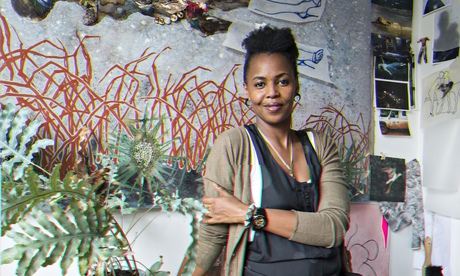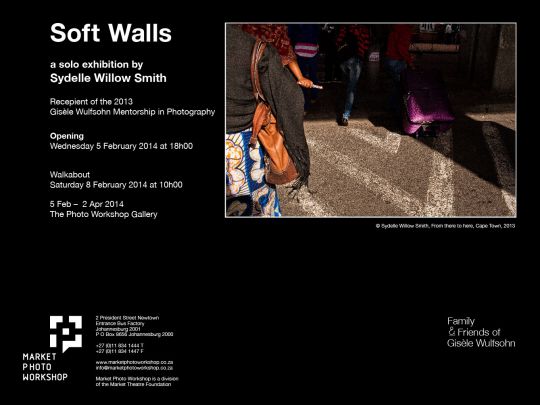When Wangechi Mutu first became aware of the sea mammal that coastal Kenyans call nguva, she knew she’d found the key to her next project. The nguva, or dugong, is a large mammal related to the manatee. It grazes on sea grass, and has a hippo-like head and fish-like tail. This chimerical appearance was part of the attraction. An even stronger pull came from the way the nguva was conflated with mermaids in stories told about errant fishermen and what they’d seen at sea. So she began to think about this other sense of nguva: the sirens and their mysterious power.
“I am fascinated by these ocean-grown folks,” she says. “On the coast, there’s all this cross-pollination of ideas. Someone thinks they saw something. One person’s madness is reiterated by another, and a story is born. The rumour becomes a substitute for news.”
Since the mid-1990s, Mutu has been exploring what could be called inbetweenness. She was born and raised in Nairobi, before going to Wales and then the US to study, going on to make serious work addressing such themes as feminism, ecology, metamorphosis, colonialism and technology. She credits her American experience – particularly the exhausting task of attempting to evade foolish stereotypes – for how she finally found a way to incorporate African imagery in her work. If many Americans know little about African culture beyond images of Maasai warriors in National Geographic, this ignorance became fertile ground for Mutu’s explorations. The resulting images are visually arresting, both easy and difficult to look at, seductive in their patterning, grotesque in their themes.
“To make things make sense, I have to make things up,” says the artist, whose work is now held in major collections worldwide, including New York’s MoMA and London’s Tate. “I’m not a documentarian, I’m not a photojournalist.”
Continue reading on The Guardian
Author: Teju Cole




